Two Decades & a Wakeup - Conclusion
Editor's Note: In the fall of 1989 eight vets with PTSD went back to Vietnam 20 years after they left the first time. This week will cover the outcome of that journey of healing and realization. Read on and enjoy. As always, you can find all my blog posts from 2013 to the present on my website at http://stevemarshallassociates.com/steves-blog/
After the eight vets had returned from Vietnam, I met with the two psychiatrists, Ray and April, for a debriefing on the trip. With hundreds of hours of the onsite film still yet to be edited, I was curious for a first impression from the two mental health professionals if the journey had met their expectations and if they had seen a substantive change in each of the eight veterans. The answer was a resounding, "Yes!" The next obvious question was, "Why and How?"
The Process
The trip started in Hanoi and worked its way south for a departure two weeks later from Ho Chi Minh City (Saigon). The trip was planned so as to make stops at each of the eight locations where the veterans served, as well as to take a down day for group discussions in between each site visit. Here are the results of each of those visits.
1. Jim K.'s personal story was the place for the first stop. Although the firebase where he was stationed in 1968 was easy

2. Bill K.'s location for the horrific trauma of shooting 12-year-old Viet Cong soldier in the face proved equally difficult to
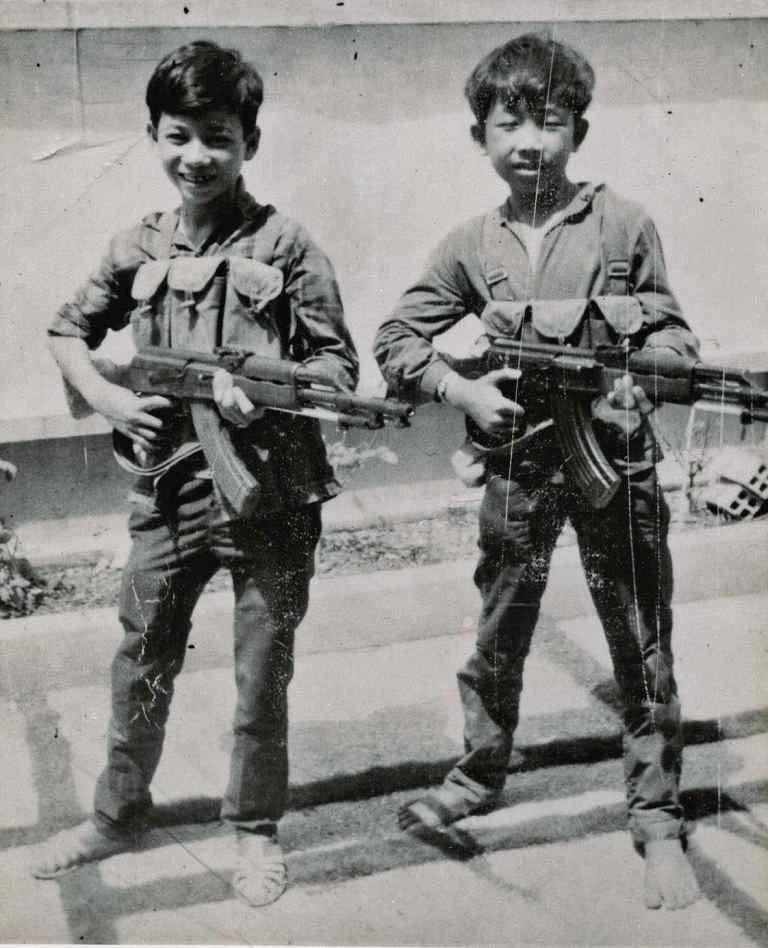
3. Jake L.'s former battlefield was buried deep in the Central Highlands where there were no roads, and the decision was
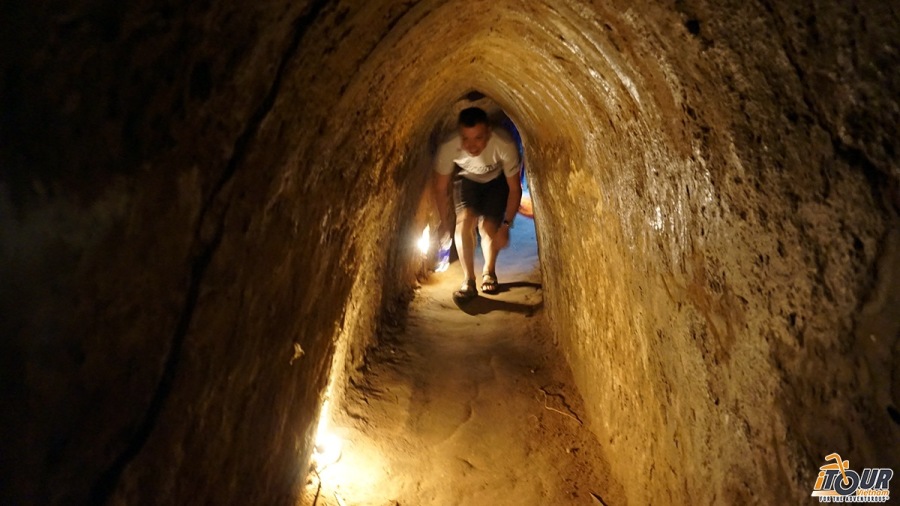
4. Billy P.'s war was situated in a hospital in Saigon where he treated severely wounded soldiers. Still a hospital in 1989,
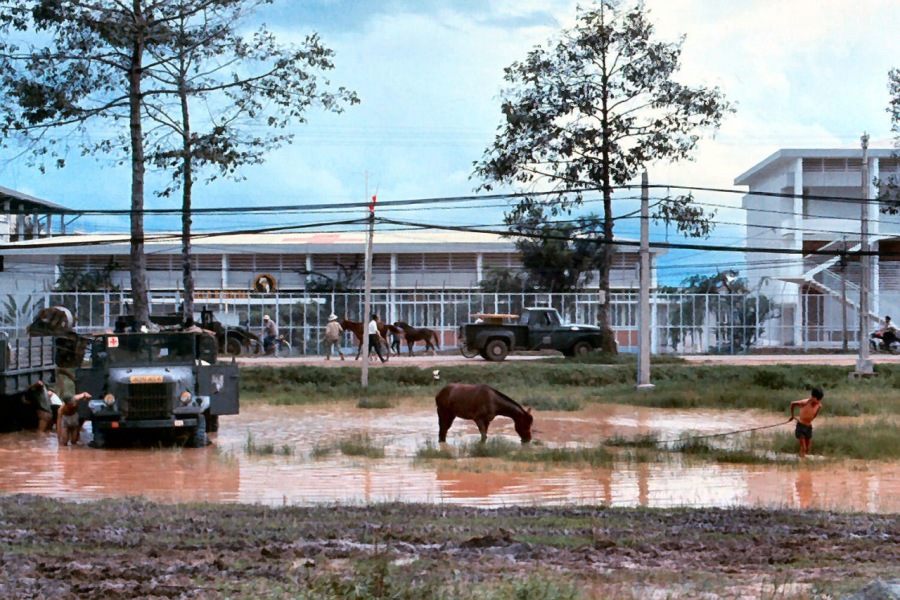
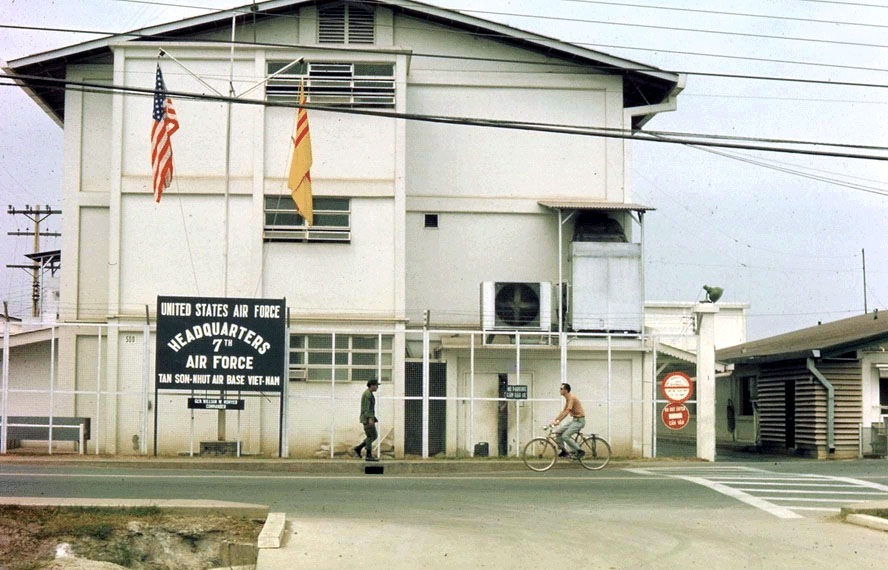
6. Dave R., our "Riverine" on a Swift Boat in the Mekong Delta was similarly disappointed as they approached his former
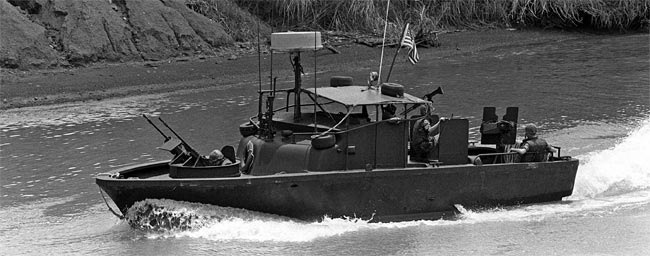
7. Bob S. survived the six-month siege of Khe Sanh, and was "evac'ed" in July 1968 along with the survivors of the 1st
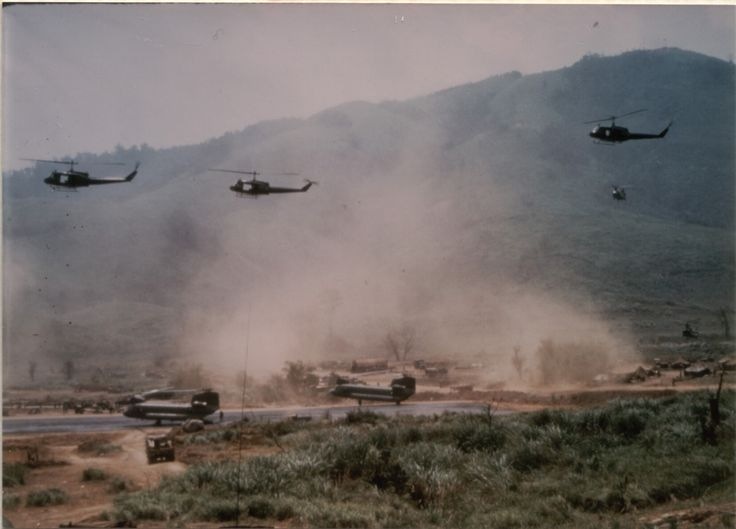
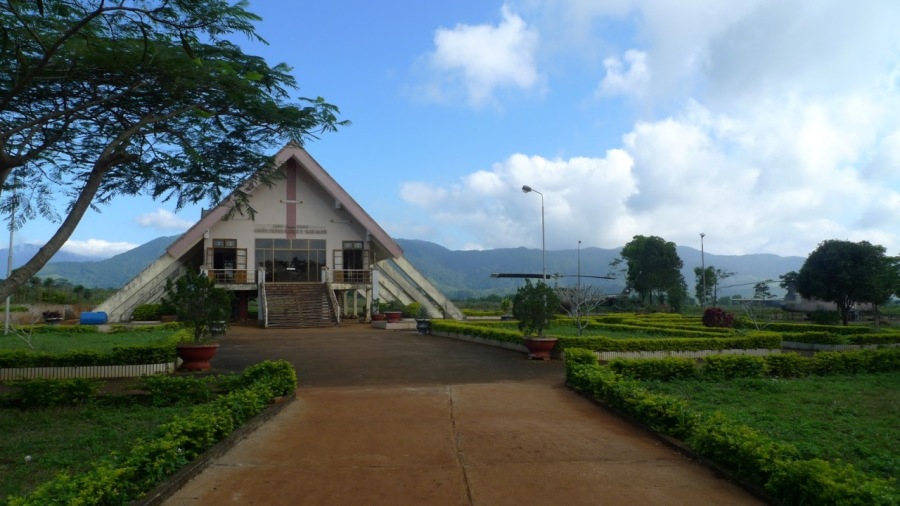
8. Mary B.'s former posting at Long Binh, the 93rd Evac Hospital, came under attack in the early morning hours of January

In 1989, Long Binh, once the largest base outside of the US with 50,000 active servicemen and women, was now just a pile
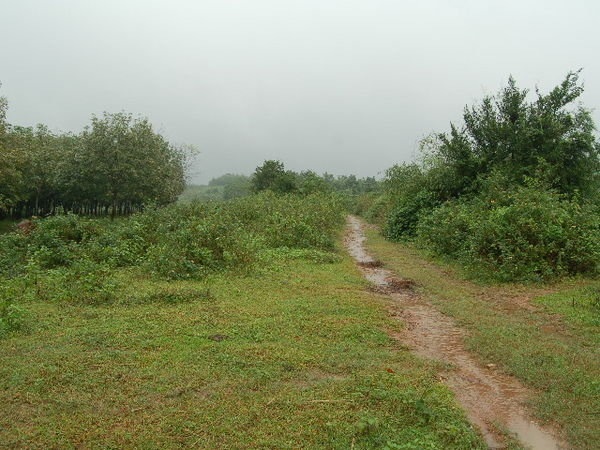
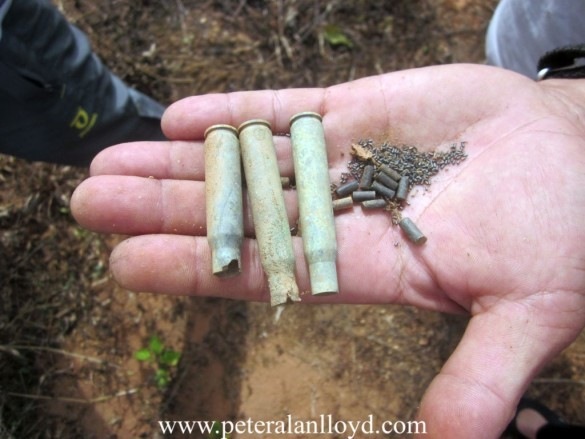
Postscripts
I was at the gate when the group returned to Seattle and had a chance to spend some time with each of them. All had been deeply moved by what they saw and experienced. Once again, Ed M. summarized for everyone how he felt the trip had changed him and his perception of the war, "I feel good. I know I will never feel like I did before I went to Vietnam and this is as good as it's ever going to get."
At a subsequent press conference, Ray Scurfield was asked why he believed that taking these vets back to the site of their PTSD was effective. He responded, "Basically we're utilizing sort of an extension of a very accepted therapeutic practice in working with trauma survivors," said Scurfield, director of the post-traumatic stress disorder program at the American Lake Veterans Hospital near Tacoma. "That is direct therapeutic exposure to the trauma."
"By coming over here, our assumption is it will trigger repressed memories and feelings that they need to get out consciously and talk about," he said. "In doing that, it appears they come to some kind of peace." He continued, "many veterans picture Vietnam today as it was 20 years ago. By going now," he said, "they have to substitute the reality of Vietnam today. It's not the way it was 20 years ago. That's a very important message for many veterans."*
{*Dr. Ray Scurfield wrote a series of award-winning books about this trip as well as future trips with veterans to Vietnam. His most famous, books, 'Healing Journeys: Study Abroad With Vietnam Veterans, A Vietnam Trilogy, Volume I & II,' are regarded as invaluable reading on the subject of PTSD and how the perception of war can be changed.}
The group set out for one more journey after they returned from Vietnam - the Wall* - in Washington, D.C. Ray and April
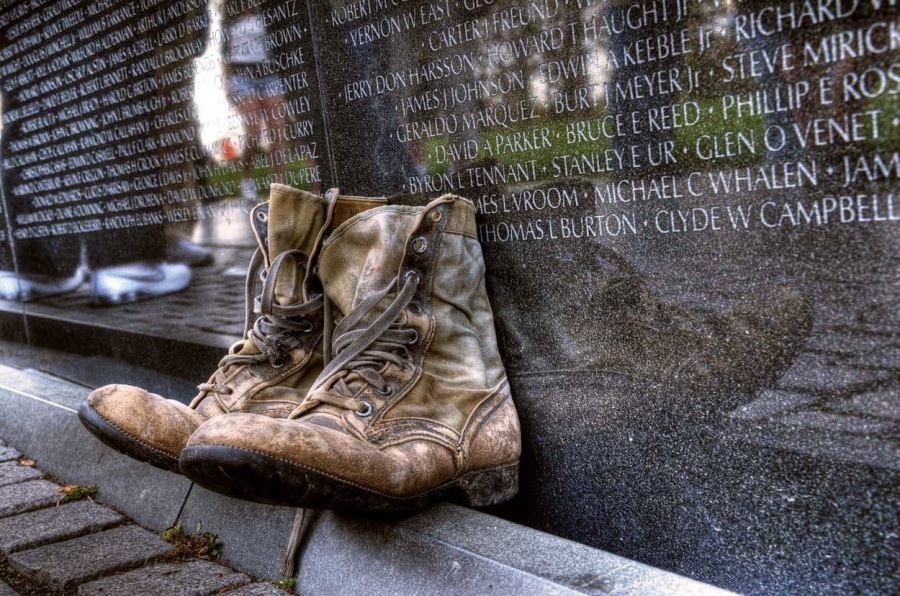
{*If you haven't been to the Wall, I highly recommend it. It doesn't matter if you served in Vietnam or know someone that served there or not; it is a profound experience and a fitting tribute to the men and women that lost their lives in that place on the other side of the world.}
1. Jim K. and Mary B. had bonded during the trip and eventually married and are still married to this day.
2. Bill K. and Ed M. were actually next door neighbors in Tacoma before the journey and continued to be close friends. Bill K. suffered a series of setbacks after the trip and has struggled with alcohol. Since the group continues to meet, he regularly attends the meetings at American Lake VA Hospital. His comment on the trip was that, while it was positive, he feels, "....no matter how hard I try, I'll probably never get out of Vietnam."
3. Bill P. fell off the radar when he returned and lost touch with the group, despite all efforts to locate him.
4. Jake L., Bob S., and Dave R. moved on with their lives and eventually stopped attending the group meetings.
5. The progenitor of the trip, Steve Smith, created an hour-long film for PBS, which initially aired on Veterans Day 1989 on KCTS9 in Seattle. In December of 1990, the film, 'Two Decades and a Wake Up,' was nominated for an Emmy. The following year, it aired nationwide on PBS, on Veterans Day, accompanied by a post-broadcast call-in center for vets. The call-in center was overwhelmed by calls from Vietnam Vets. Steve Smith went on to form a company, which for many years, organized tours of Vietnam battlefields for veterans and their families.
Next Week: Back to Business
""""""""""""
Articles from Steven Marshall
View blog
Note: I am shocked and saddened by the demeanor and tone of Tuesday night's Presidential debate. Mor ...

This piece by Marcel Schwantes in Inc. intrigued to reflect on my own leadership skills and if I was ...

Note: Do you know what is the worst part of working in an office? Working with people you don't like ...
You may be interested in these jobs
-
RDA - Dental Hygienist
Found in: Jooble US O C2 - 5 days ago
Bluebonnet Dental Care Pantego, TX, United States3,000 Sign-On Bonus · Dental Hygienist · Bluebonnet Dental Care · 3980 Boat Club Rd, Fort Worth, Texas · As an elite clinical provider and patient advocate at Bluebonnet Dental Care , you'll receive best in class non-clinical support to provide exceptional lifetime patient car ...
-

Mental Health Therapist
Found in: One Red Cent US C2 - 6 days ago
Sevita Signal Hill, United StatesFamily Centered Clinician - Mental Health Therapist · Are you an experienced clinician who's worked in family-centered therapy? Bring your commitment and clinical skills to a team-based workplace that puts people first. · Establish a service or treatment plan for individuals ser ...
-

RN, Clinical Coordinator
Found in: Lensa US P 2 C2 - 2 days ago
Chesapeake Regional Medical Center Chesapeake, United StatesAs a collaborative partner with the Nurse Manager, the Clinical Coordinator's primary role is to be an active, engaged clinical leader and assist with guidance of patient flow on his/her selected units. As an extension of the nursing leadership team, the Clinical Coordinator demo ...

Comments
Steven Marshall
7 years ago #1